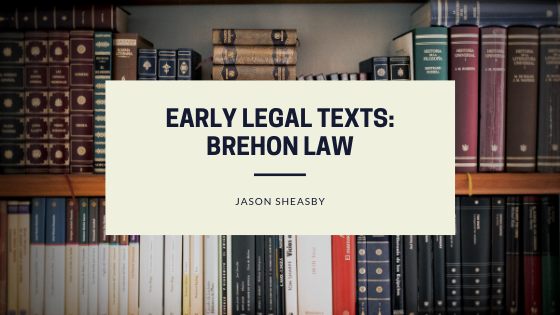Although the Irish are known for many things, people don’t often refer to their advanced legal system. But the fact remains that early Ireland was an excellent place for lawyers. Some might be surprised that there was even a wandering troupe of lawyers known as the Brehons. Like a theatre group, they traveled from town to town and provided their very valuable services. Their work started around the seventh century and would continue to greatly influence Gaelic culture for almost nine more centuries.
It wasn’t until England took over Ireland in the 1600s that the Brehon legal code was frowned upon. Once it fell out of fashion, it did so with a great thud. But modern scholars have continually praised the highly sophisticated manner in which the Brehons approached the law, so it would seem that history has taken quite a favorable view of their talents.
Once Britain’s common law was introduced in the region, holding onto Brehon materials could even be viewed as something akin to treason. Luckily for today’s academics who choose to study this subject, many chose to ignore the possible repercussions and squirreled away their Brehon manuscripts. There’s a surprising wealth of information for researchers to peruse. In the mid-19th century, after a millennium or so, a couple of Irish academics sat down to translate what they could of the Brehons’ work. As soon as they started rolling up their sleeves and reading, they discovered an astonishing old world in full color. For the early Irish, there were strict rules about a number of topics that might seem eccentric now. People paid their bills by trading livestock and food, and even poets and acrobats were regulated by the system.
At the time, creditors who were owed money would often hold an item of a debtor’s in order to ensure that their debt would be repaid. These items were often pieces of exquisite jewelry. Meanwhile, the Brehons also specified just how many cows would be appropriate payment when one was purchasing a new piece of property. The lawyers even detailed just how many pints of ale were sufficient for a monk to drink — three and no more. Brehon law offers a nuanced, complex look into another time.
